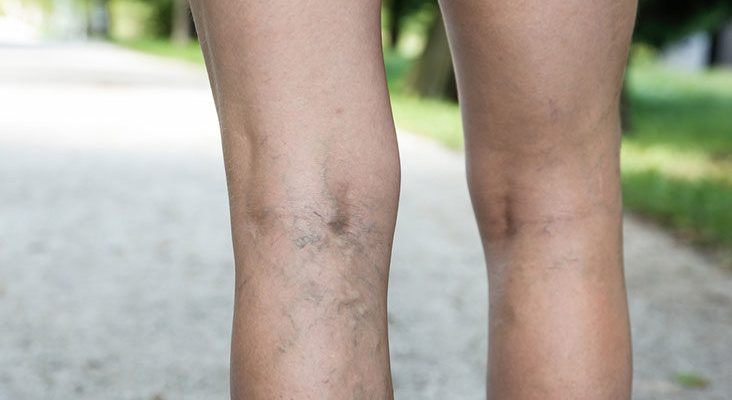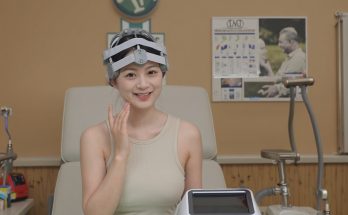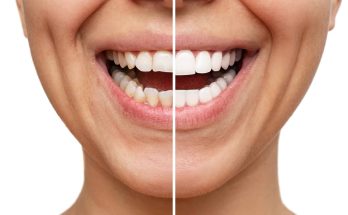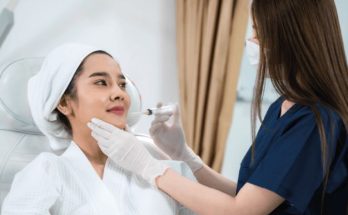Varicose veins are swollen, enlarged veins in the legs that bulge and often appear twisted. Upper East Side varicose veins can occur anywhere in the body, but they are most common in the lower legs and feet. The underlying cause of varicose veins is usually weakening the valves that protect blood vessels from backflow. This results in increased pressure inside the vein, which causes it to bulge outward. The condition is more common in women than men, with about 50 percent of women over 60 having varicose veins.
Varicose veins can be painful when large and can become inflamed or infected.
What are the treatment options for varicose veins?
Medications
The most common treatment for varicose veins is to use medications that reduce the inflammation and pressure in your legs. The best way of doing this is by taking anti-inflammatory medications such as cortisone or prednisone. Basically, if you have severe varicose veins, your doctor may prescribe medicines that thin down your blood or increase its volume. These medicines are taken once a day. Possible side effects include fatigue or stomach upset.
Laser surgery
Laser surgery is a suitable treatment option for varicose veins. The laser cuts away the damaged blood vessels with a strong beam of light and leaves normal vessels intact. This treatment can be used on both superficial and deep veins. Laser surgery is more effective than other treatments, including sclerotherapy and injection therapy, in treating varicose veins. It is also less invasive, has a shorter recovery time, and skin discoloration is less likely to occur after treatment.
In addition to being more effective than other treatments, laser surgery may also be better suited for patients with limited mobility or other medical conditions that make it difficult for them to travel to a medical facility for treatment or anesthesia during traditional vein treatments such as injections or sclerotherapy.
Injection therapy
This is the most common treatment option for varicose veins, and it involves injecting a medicine into the vein to help relax it and reduce the number of varicose veins. The injection is usually given every 2-3 weeks, but some people may need more than one injection at a time. See your doctor if you have had varicose veins for more than six months or if they are causing you pain or discomfort to learn if injection therapy is right for you.
Sclerosant therapy
Sclerosant is a liquid that contains an irritant or anesthetic. A doctor will inject sclerosant directly into the vein to treat varicose veins. This causes the vein wall to thicken temporarily. Afterward, it gradually relaxes back to normal size over several weeks or months.
If you have varicose veins, it is important to get them treated. They can cause a lot of pain and discomfort and, if left untreated, can lead to further complications. The best way to treat varicose veins is with medication and surgery. Medication may help prevent the formation of new blood vessels that are the root cause of varicose veins, while surgery may be required if the existing veins cannot be medically removed. Upper East Side Cardiology experts can help address problems related to varicose veins.




